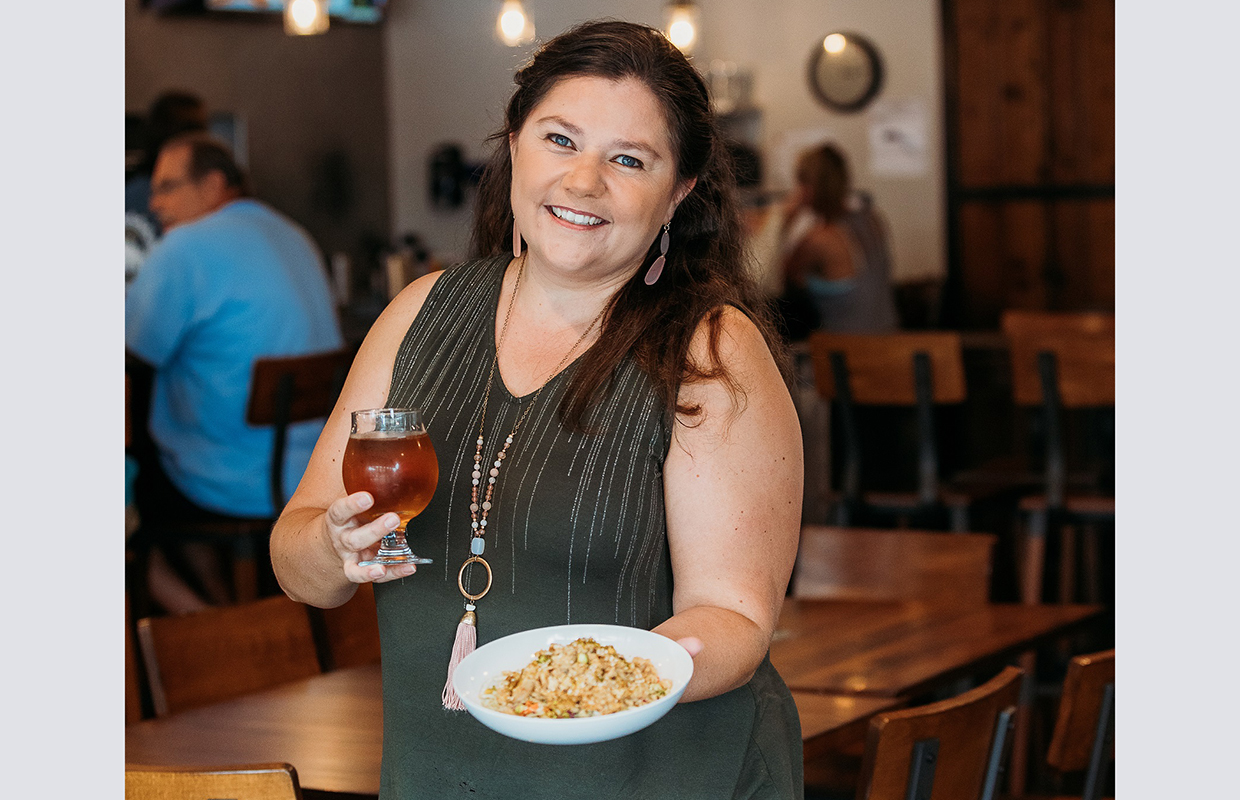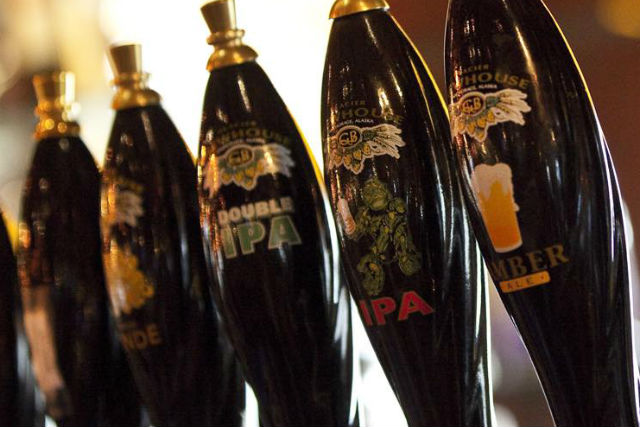
When it came to food, Legacy Ale Works had a good deal set up. The Jacksonville, Florida-based brewery opened in early 2019 a mutually beneficial arrangement with a neighboring Mexican restaurant.
“We had a limited menu available for customers to order from at the brewery,” explained co-owner Liz Jacobs. “We would ring it up in our POS (a single transaction for the customer), call the order in and they would deliver the order.”
At the end of the week, the brewery and the restaurant would reconcile the orders and a check would be given to the restaurant.
“Win-win,” Jacobs said. “We knew that bringing a kitchen in-house would be the right next step for us, but admittedly, it was something we were looking to implement around Year 3.”
But by June of 2020, the Secretary of the State of Florida Department of Business and Professional Regulation shuttered all breweries that did not have licensed food service as a part of COVID protocols. The arrangement with the restaurant did not qualify Legacy Ale Works to stay open and Jacobs said like many other breweries throughout the state, they had to close its taproom and operate as to-go only.
“This created the urgency that prompted us to move forward with opening a small in-house kitchen,” she said.
Separate Spaces
The kitchen that Legacy created is an entirely separate space from the brewery with minimal crossover.
“We utilize one five-tiered shelf in the walk-in cooler and that’s the extent of the overlap between the kitchen and the brewery,” Jacobs said. Because the kitchen doesn’t have fryers or a grill, grease or other contaminants haven’t been an issue in affecting the brewing process.
Jacobs said the paperwork was minimal to get the kitchen up and running.
“In Florida, a simple online application with supporting documentation was all we needed to get started,” she said, and because Legacy had always planned on having a kitchen at some point, it already had some of the infrastructure in place for converting its event room into a small kitchen. Some of the things that had been planned and put into place, such as dedicated power and a hand wash sink.
“We had to make a few minor changes to adhere to state requirements for food service, such as changing our standard ceiling tiles for scrubbable tiles, but because our initial plan for the kitchen was very small, it was a relatively easy process,” Jacobs said, adding that the state offices were also working hard to expedite these types of licenses because they knew a brewery like Legacy was trying to all get licensed so they could reopen to on-premise consumption.
Within three weeks Jacobs said they had the license and the kitchen was operational to put the brewery back in business.
Managing Styles
Jacobs currently manages both the kitchen and Front of House and says she can attest there are definitely separate skill sets involved in managing both operations.
When it comes to managing the taproom, the primary focus is on the customer experience from start to finish: having the offerings they would like, ease of ordering, stocking supplies so the bar staff can work efficiently, and training on product and upselling techniques.
“With managing the kitchen, there is a significant amount of focus on managing food and labor costs, inventory — but not too much as food products are a lot more perishable than beer — as well as prep and planning.
“Even then, I don’t always get it right.“
Jacobs said there is a considerable amount of communication that goes on between the Front and Back of House to ensure a cohesive customer experience.
“Having your FOH and BOH staff understand that they’re on the same team with similar goals will help in minimizing issues that will naturally come up,” she said. “Because we are a small operation (10 employees in all), we meet monthly and discuss everything as one group because, in the end, we are all one.“
Ask Questions
Jacobs tapped the knowledge of several friends and colleagues with experience in running a commercial kitchen to gain some insights quickly.
“I leaned very heavily on their expertise and would advise anyone looking to add a kitchen to utilize whatever local resources they have available,” she said. “I also reached out to our area SCORE office who put me in touch with industry experts who could answer additional questions I had as they came up.“
For Legacy Ale Works, starting small was key, so that they could effectively manage the kitchen while still running the rest of the business operations. Some of the key pieces of advice Jacobs shared with Brewer included keeping our food costs at or below 30% as much as possible and developing the menu in a way where you are maximizing the use of ingredients across several menu items.
“Because our kitchen and offerings are small, we’ve tweaked our prep and process to run as efficiently as possible which has also reduced our labor costs,” Jacobs said. “This has ultimately been the difference between the kitchen being profitable and just breaking even.“
Tracking Sales
Since Legacy had outside food service with the Mexican restaurant previously, the cash flow didn’t change too much in adding a kitchen. However, Jacobs said sourcing and preparing the food in-house allowed the overall profitability to increase from appx 7% to 25%.
“Additionally, we went from about 10% total revenue in food sales to closer to 20%. Because we started small — literally using a steam table to boil hot dogs — we didn’t have major equipment needs so there was no need to borrow funds,” she said.
Since converting to the kitchen, Legacy had added equipment as it would be affordable to do so, and as profits would allow.
Although they would love to increase the kitchen’s capabilities by adding a fryer and grill in the future, Jacobs said that Legacy will stick to its current offering of appetizers and flatbreads with the possibility of adding soups and sandwiches soon.
Photo courtesy Jessica Lea Photography






1 Trackback / Pingback